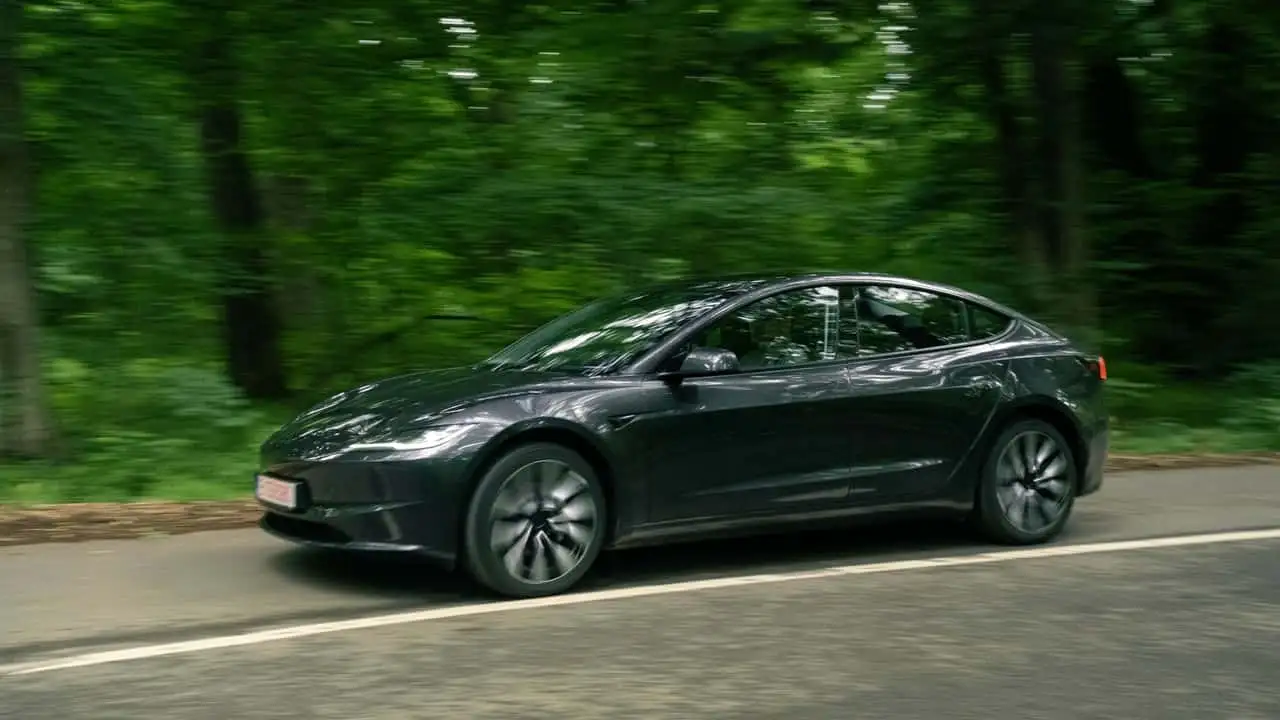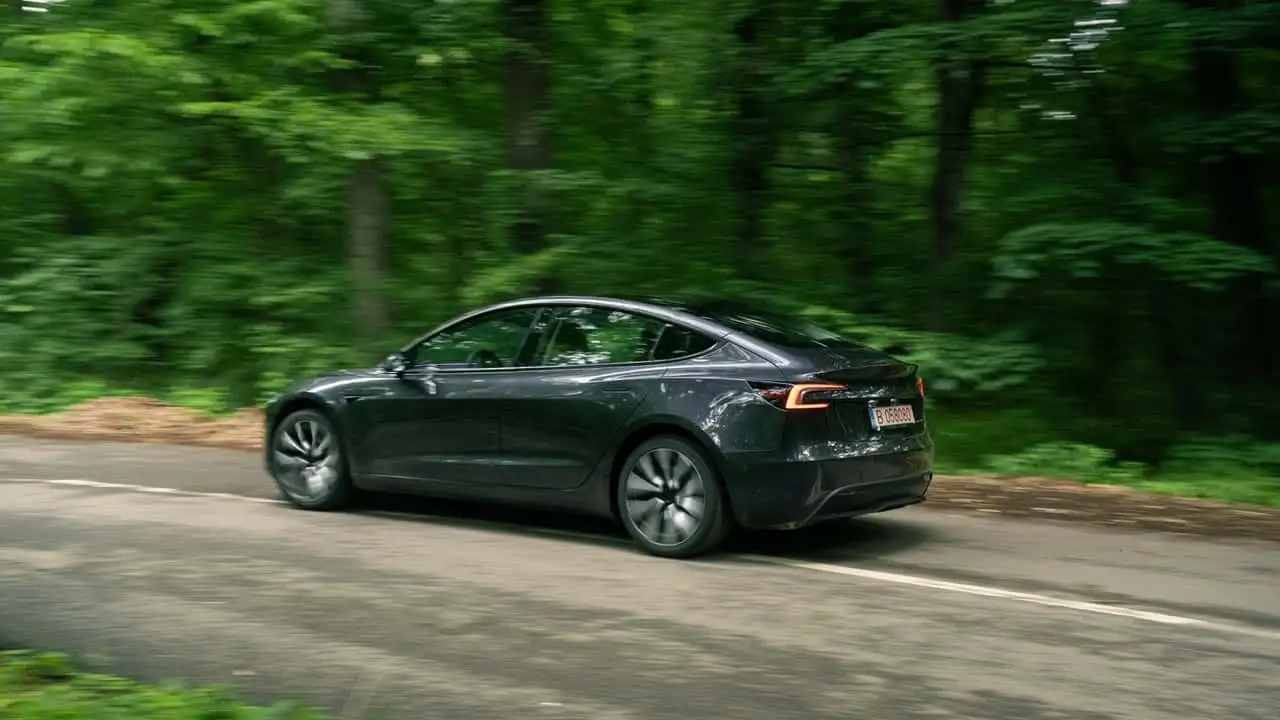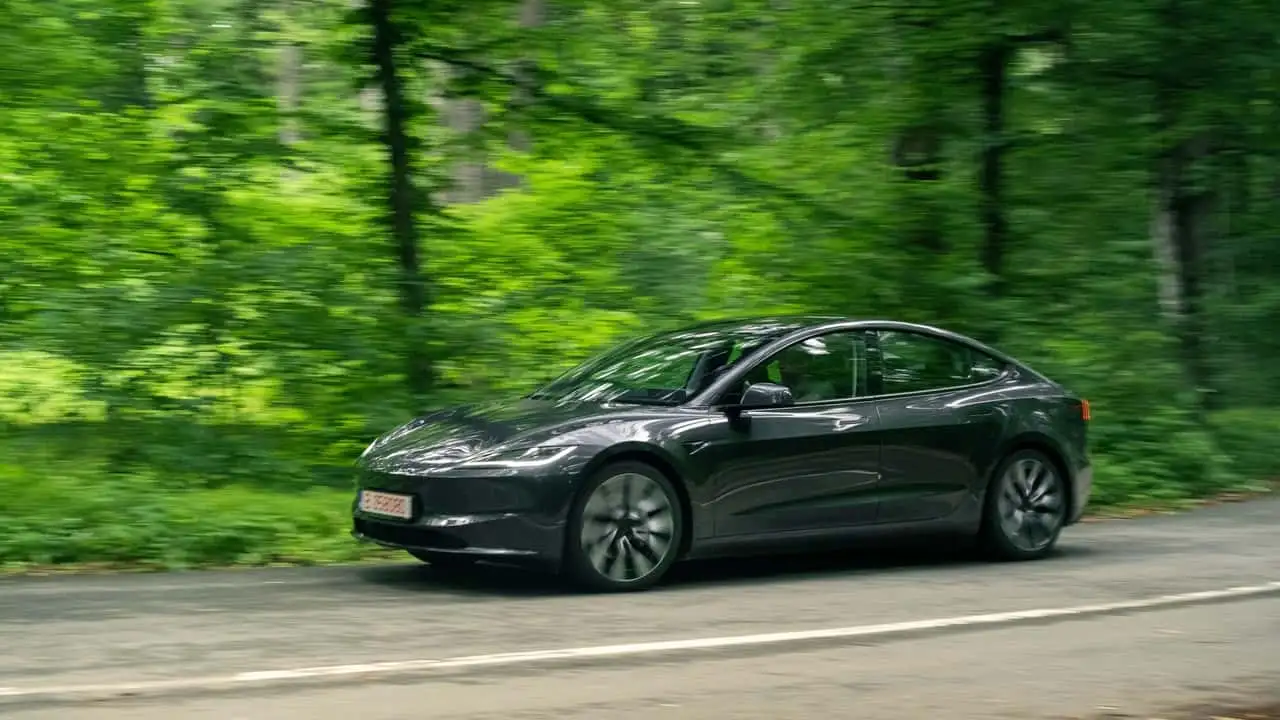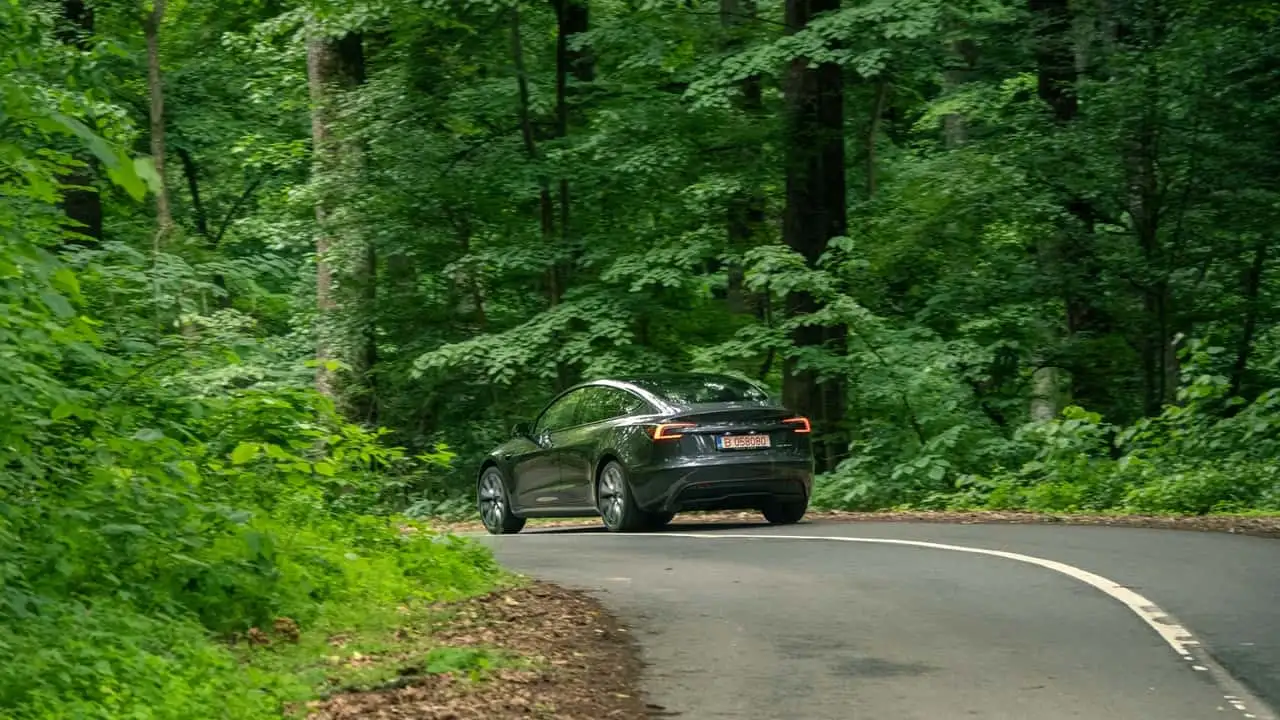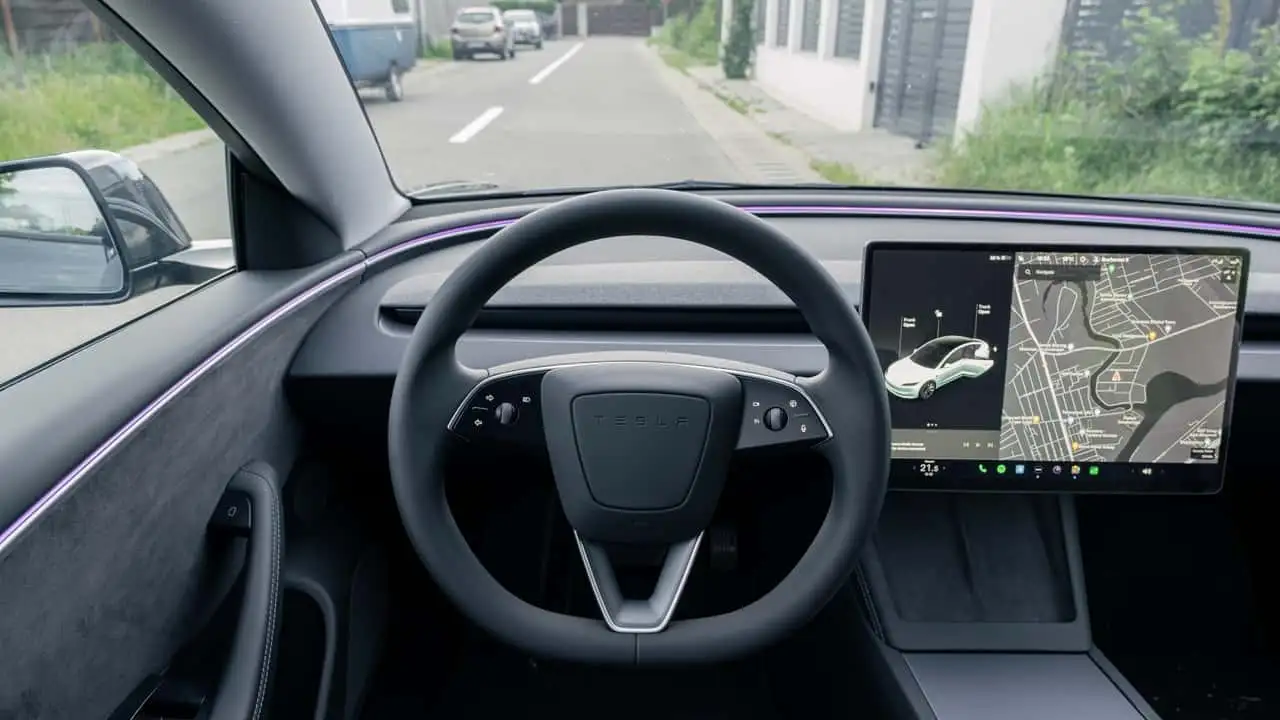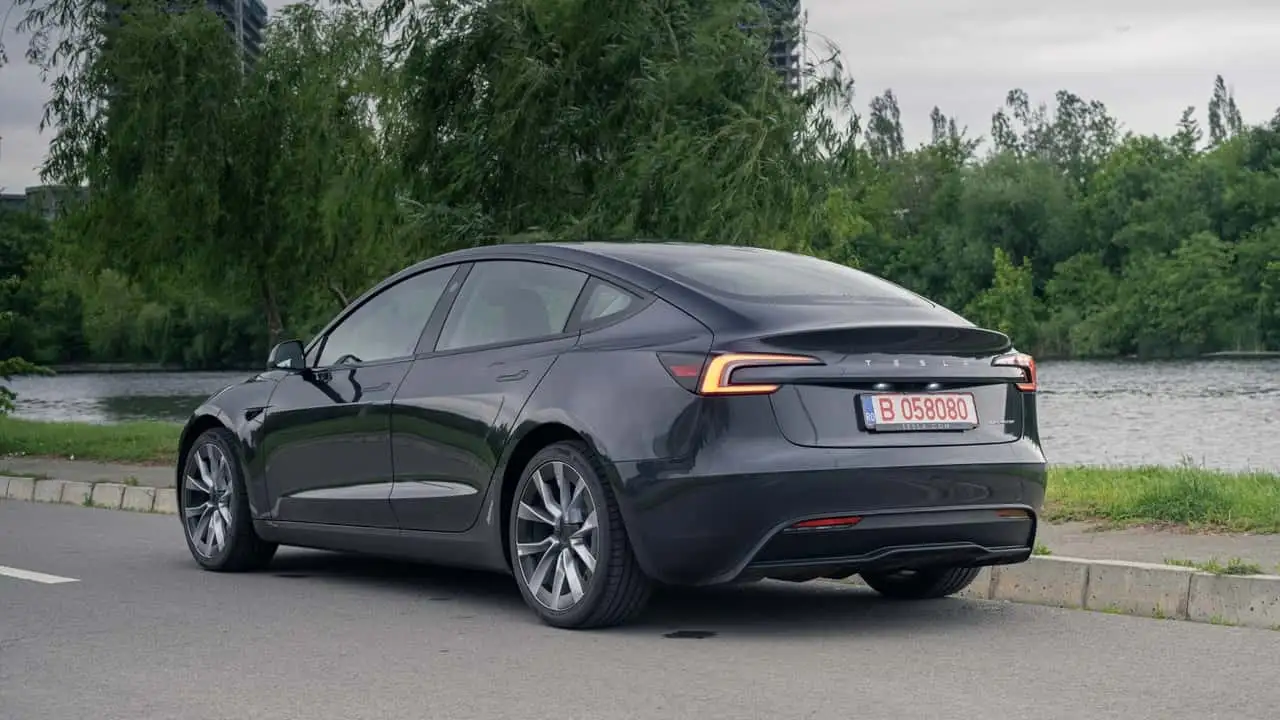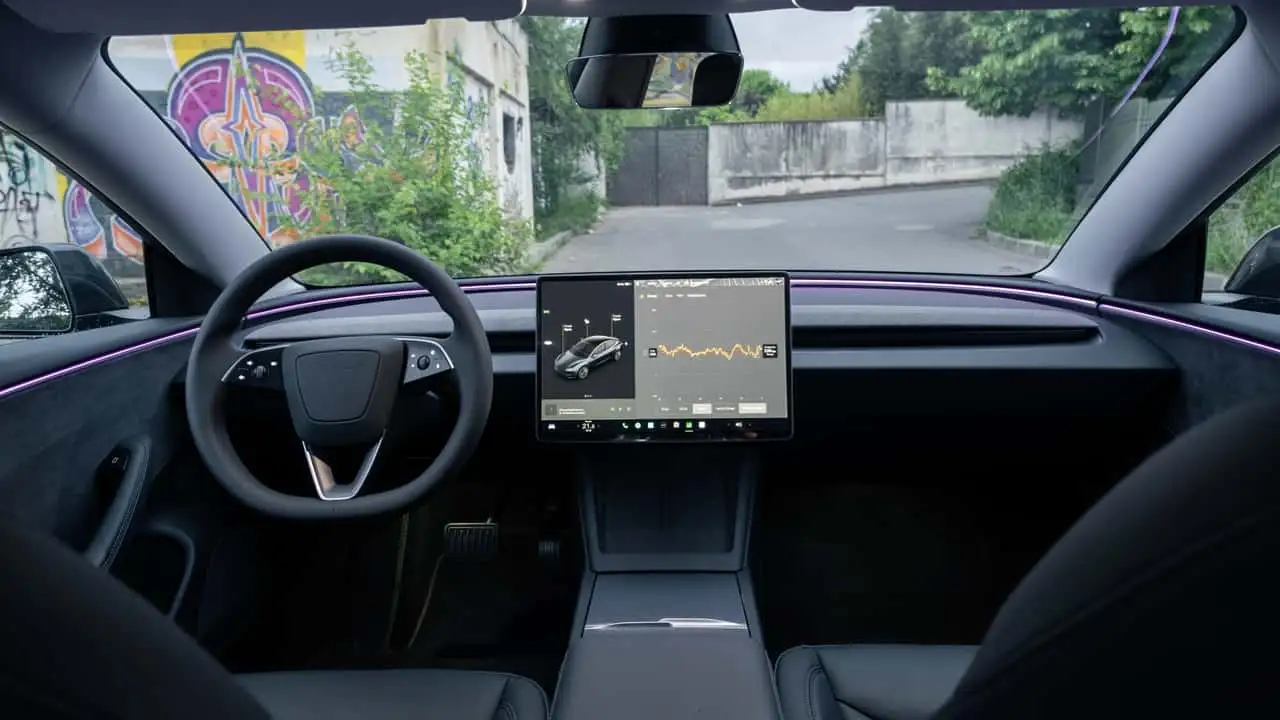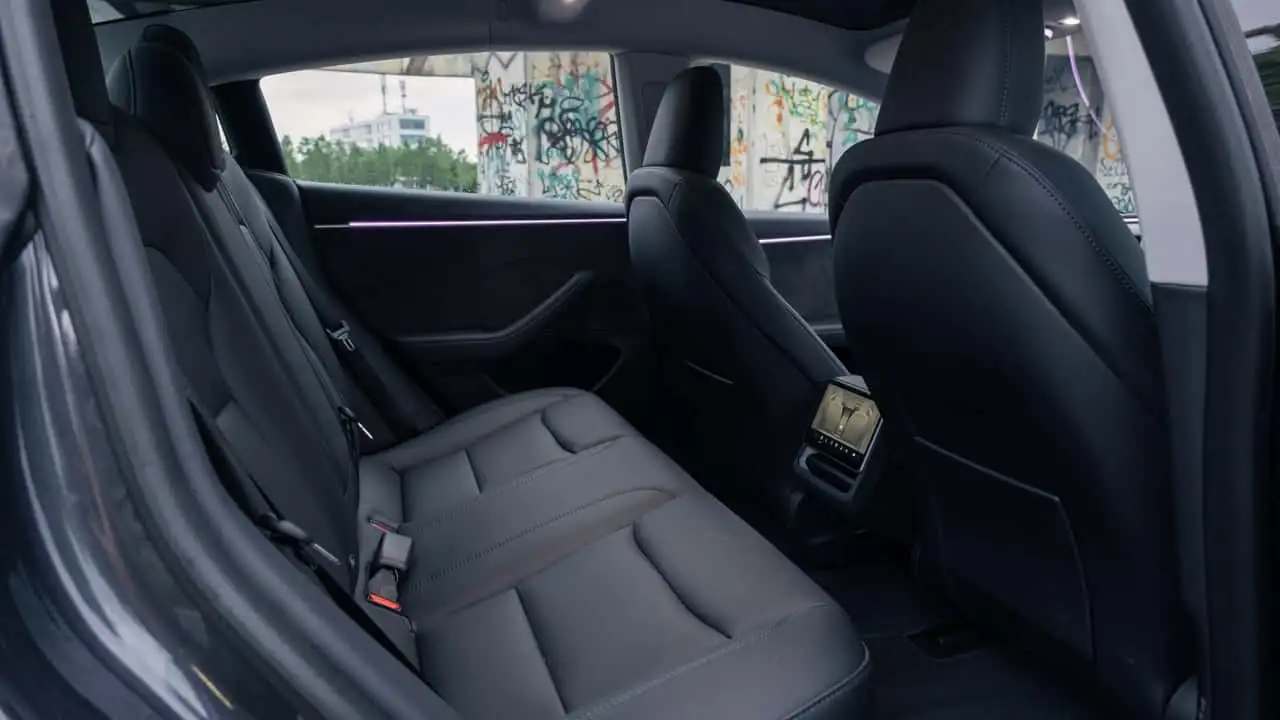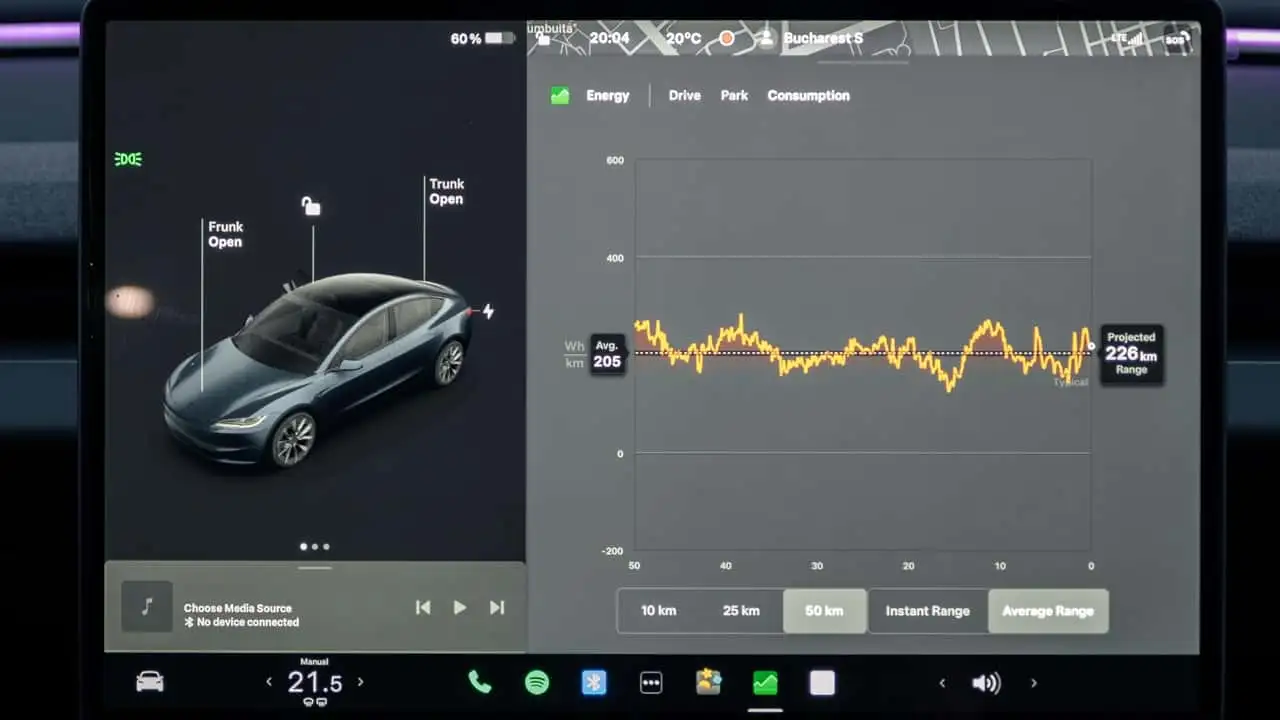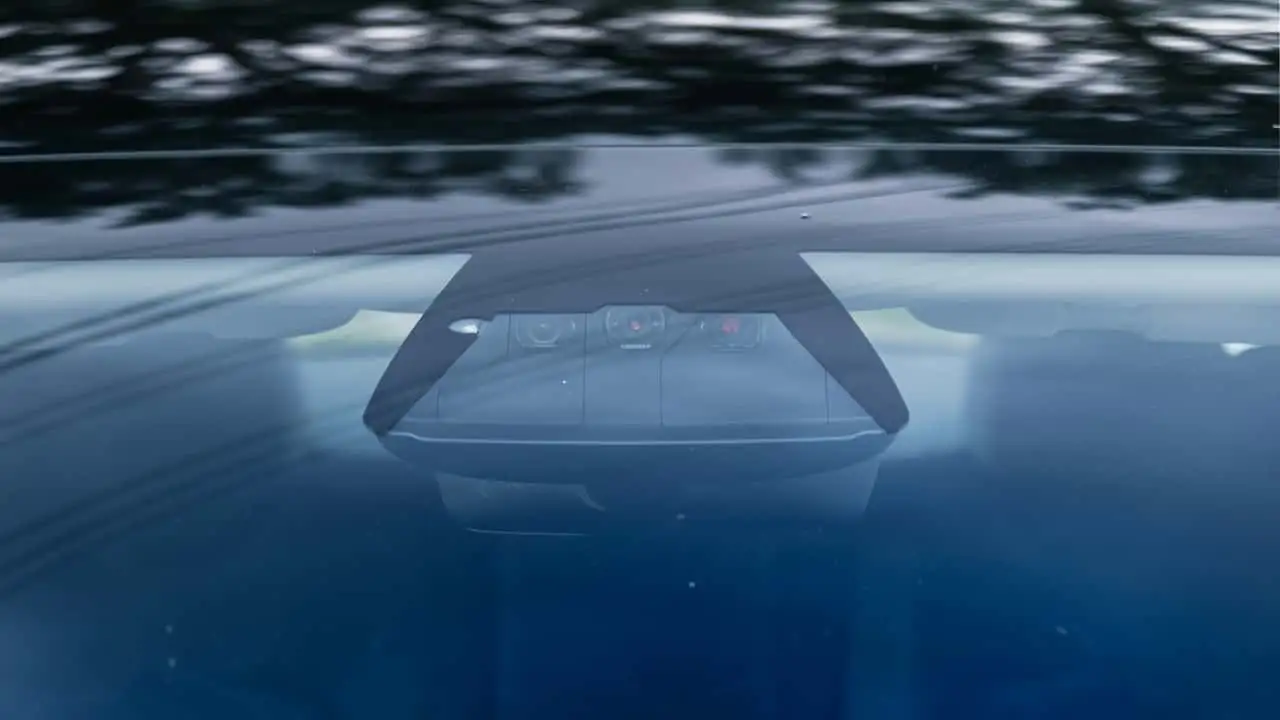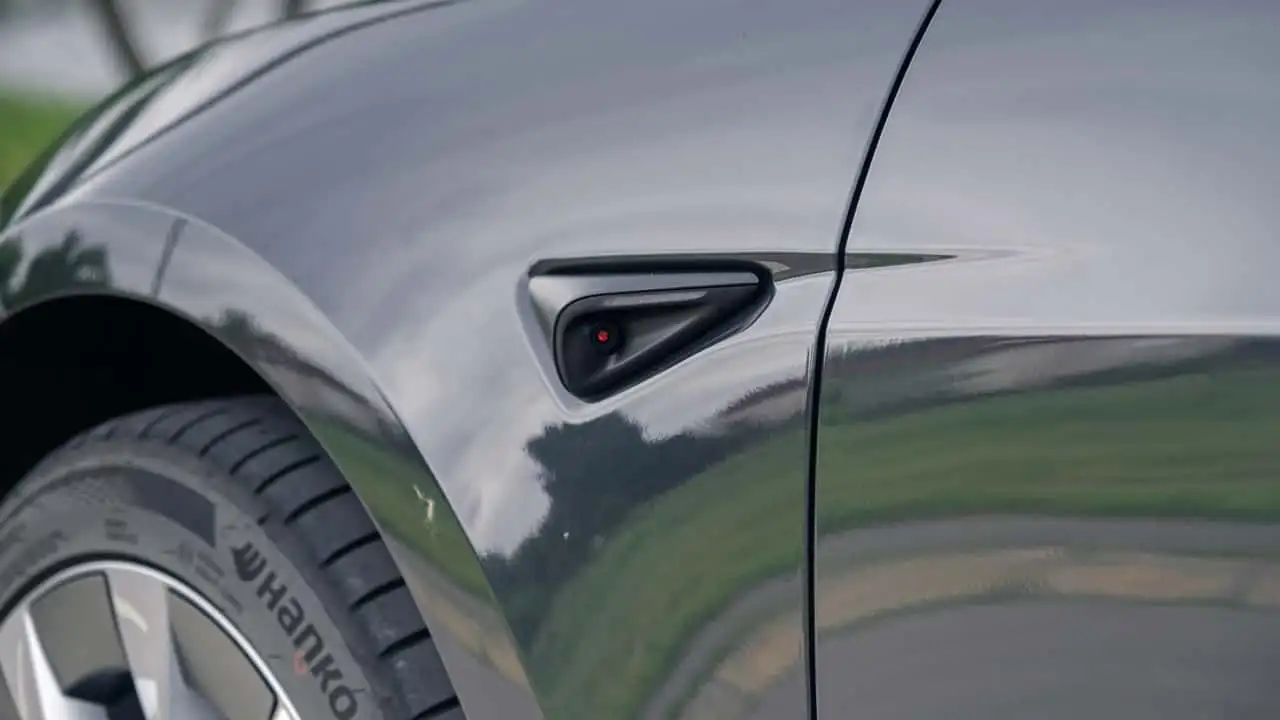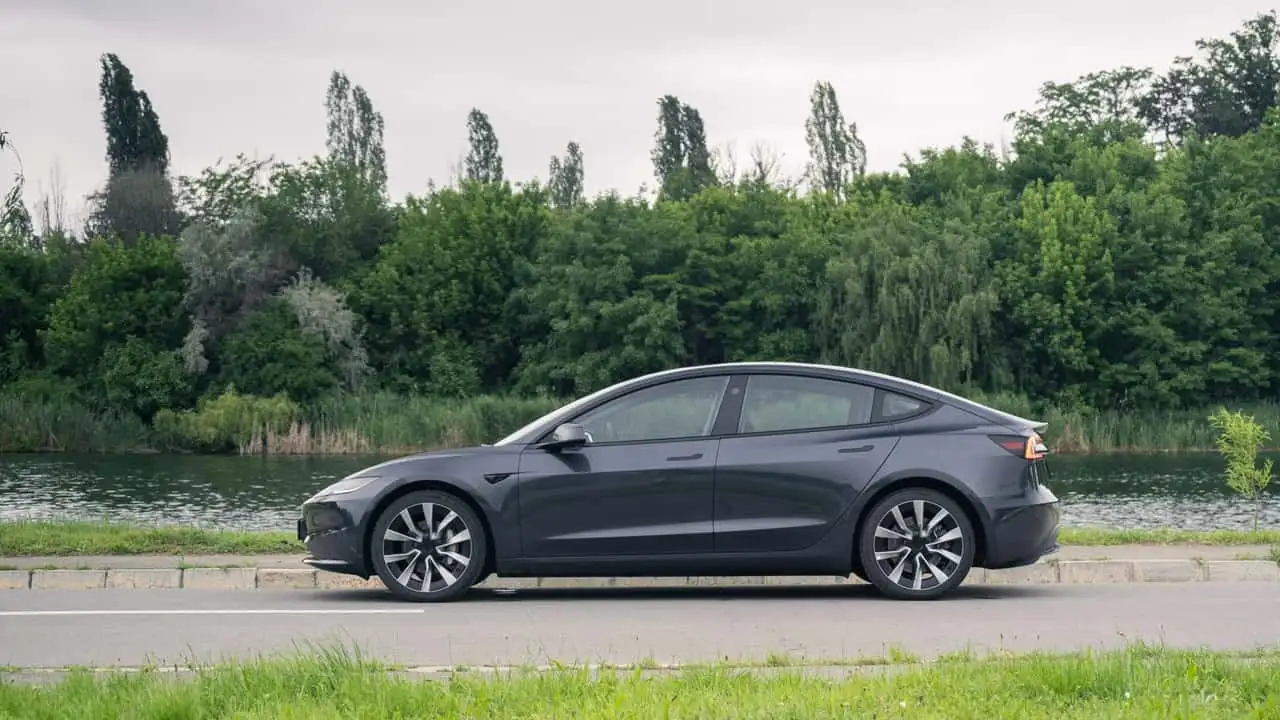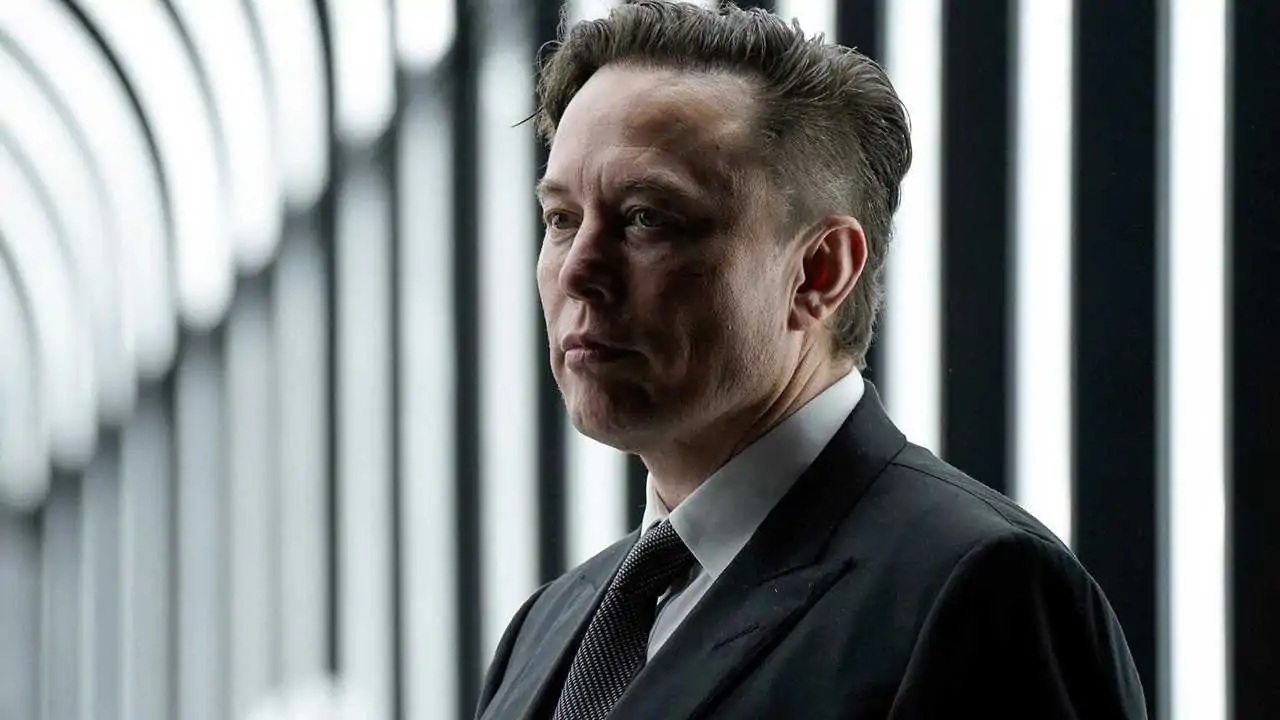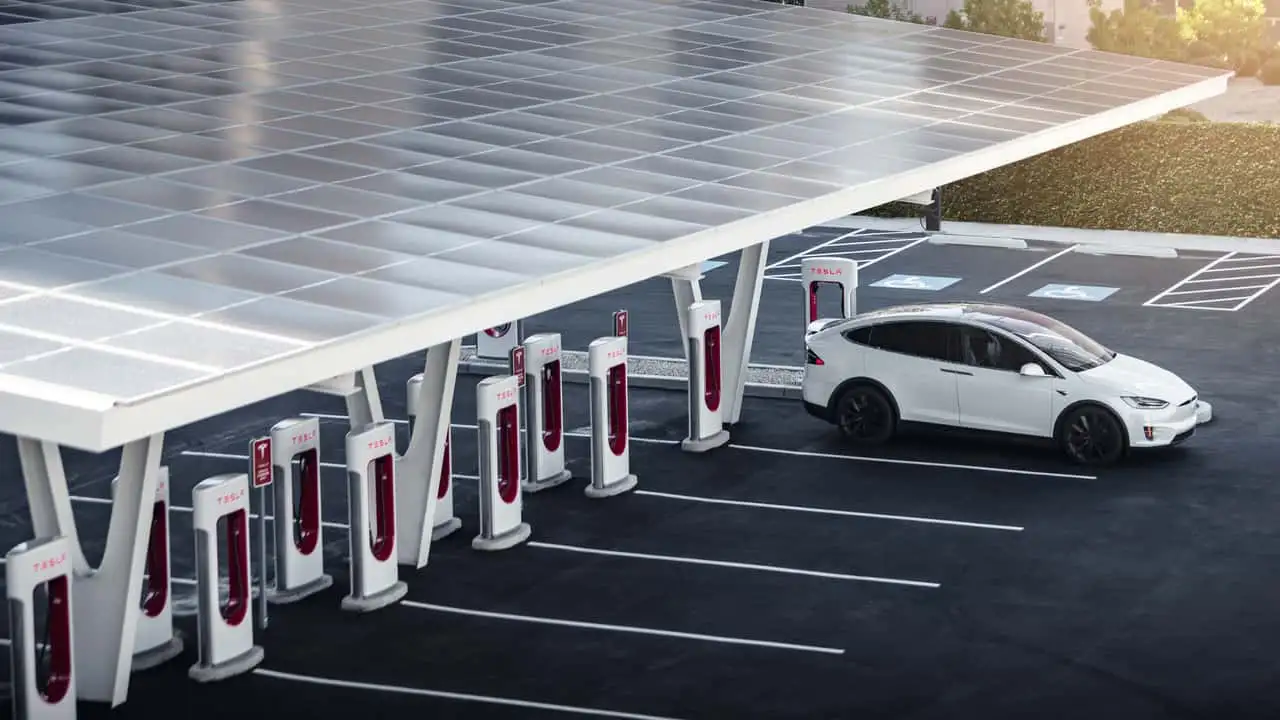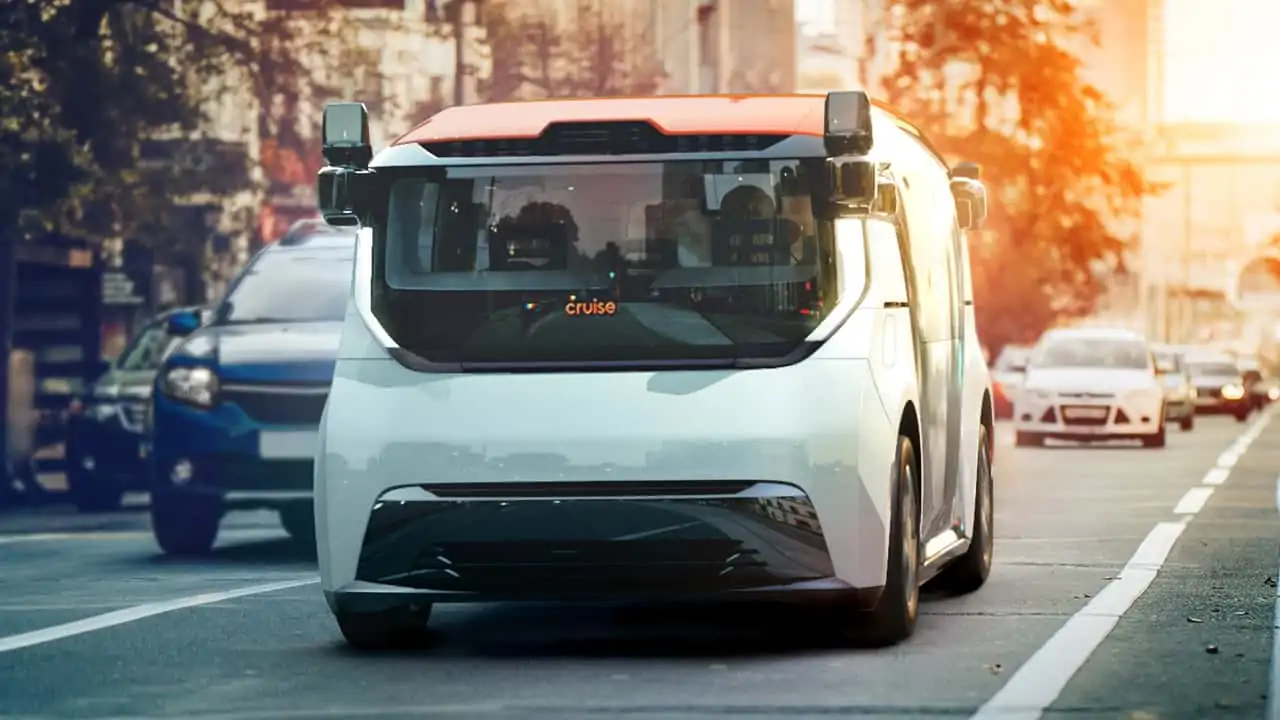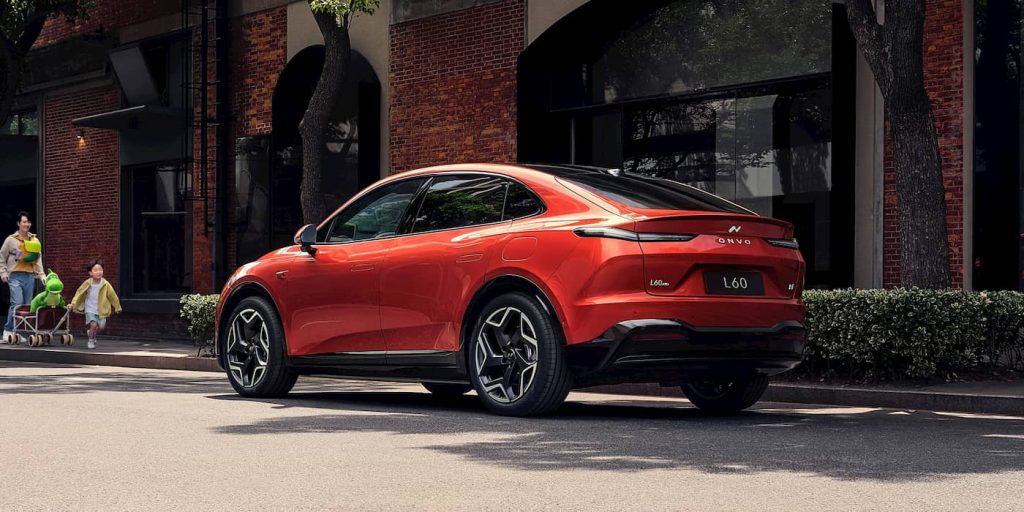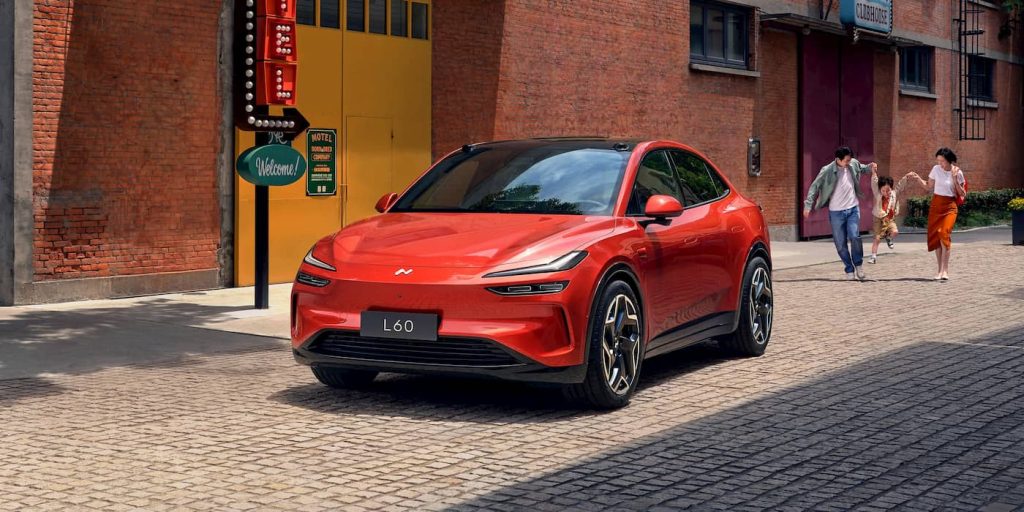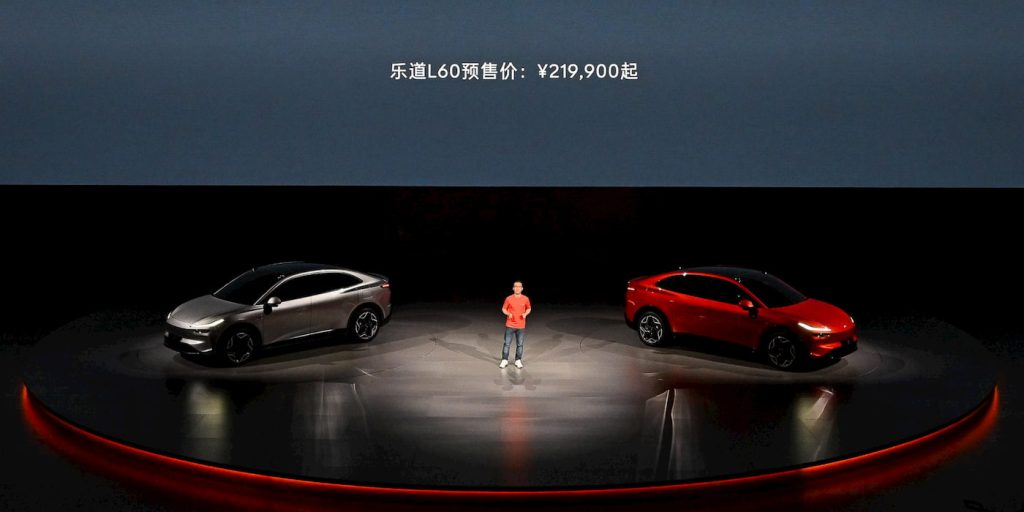The updated Model 3 “Highland” fixes many of its predecessor’s flaws and builds upon an already impressive package.
Tesla has reshaped the automotive landscape around the world and irreversibly accelerated the shift from combustion engine vehicles to EVs, and the Model 3 has played a big part in its success. Launched in 2017 as the manufacturer’s most affordable model, it quickly soared in popularity and became a favorite around the world. It sold almost 150,000 units in its first year, then doubled the figure in 2019, quickly outpacing sales of the larger Model S and Model X combined.
The original Model 3 had flaws, like the so-so interior quality, panels that were often misaligned, a somewhat bumpy ride and exterior design elements that polarize opinions. With the 2023 “Highland” update, though, Tesla has addressed these issues and made the Model 3 an even better car. The downside is that, in its quest for ultimate minimalism and cost-cutting, some new quirks have been created.
It is the best EV I’ve ever driven, though, and it’s the one I would buy today if I were in the market for an electric sedan. Here’s why.
(Full Disclosure: This test car was provided to me by Tesla Romania for an entire week so that I could review it properly. I picked it up from and returned it to the Tesla store in Bucharest and had access to free Supercharging during my loan.)
The Looks
The Tesla Model 3 has always been a good-looking car in my eyes, but it seems many people didn’t like the pre-facelift model’s front fascia. Tesla has reworked the Model 3’s design, and it’s far sleeker and more premium-looking from the outside. The headlights are now much slimmer, and the whole front fascia looks new. I think it looks great, but after chatting with other people about the design changes, some say they love it, while others say they prefer the pre-refresh front. Let us know in the comments which you like.
From the side, you can’t really tell the new and old Model 3s apart, although the new wheel designs will give it away. The standard 18-inch Photon wheels have an aero design and don’t look sporty at all, but my tester had the 19-inch Nova wheels, a $1,500 option, which make a big impact on how you perceive the car.
The new slimmed-down rear lights and the revised bumper design have a similar effect to the front fascia changes. They make the car look a lot more modern and a bit sportier too, thanks to the prominent diffuser. That diffuser houses reflectors and a set of backup lights, which replace the trunk-mounted rear-hazard and brake lamps when the tailgate is open.
Overall, the facelift changes the Model 3 for the better, and it also improves its aerodynamics slightly, thus helping it eke out more range. My tester was finished in Stealth Grey, which is nice but a bit impersonal, and unlike in the US where it is free, here in Europe we have to pay €2,000 for it, the same price as Ultra Red. This is probably because European-market Model 3s are all built at Tesla’s plant in China.
The Interior Finally Feels Premium
Tesla has always advertised the Model 3’s interior as being premium, but until the introduction of the Highland model, it didn’t deserve that descriptor. Hop inside the revised Model 3 and it instantly feels more plush than the old model. Assembly quality looks better, panels fit together better and premium touches like the wrap-around LED mood lighting strip and Alcantara door cards help with the premium feel. Everything feels softer and nicer to touch.
The focal point of the cabin is the big infotainment screen, which has also been improved. Its housing is the same size as before but with a thinner bezel, leaving you with more usable space on the screen. It doesn’t have any additional features or processing power, but it didn’t need them because it was already among the best infotainment systems in any car at any price.
Rear passengers also get a screen in the Model 3 Highland. It can be used to adjust the climate, watch YouTube or stream Netflix. Your kids are going to love it.
The front seats are comfortable, although the seat cushions could be a bit longer for over-six-footers. But even though my thighs felt like they could have used more support, I drove the Model 3 for a few hundred miles and found it very pleasant and easy on my back.
Rear occupants don’t have it quite as good, since the floor is quite high. It pushes your knees up, and there isn’t enough room to slide your feet under the front seat. However, the angle of the rear backrest is less vertical than before, and there’s plenty of knee room and headroom for adults in the back. The fold-down armrest helps improve comfort, and it also houses two deep cup holders.
The Model 3 has more storage cubbies than pretty much any other sedan I can think of. Aside from the glovebox, which is on the small side, you get some huge compartments in the center console. The largest one is right in front of the dual wireless phone chargers, and it’s big enough to fit a couple of big water bottles with room to spare.
Lift the cushy and well-padded armrest and you find another big storage space for more of your belongings. The moving parts of the console feel nicely damped and premium, a welcome change. From the lids that cover the front storage compartment and the cupholders, which feel as good as in any modern BMW, to the action of the armrest when you lift it, everything feels nice and posh.
The Steering Wheel 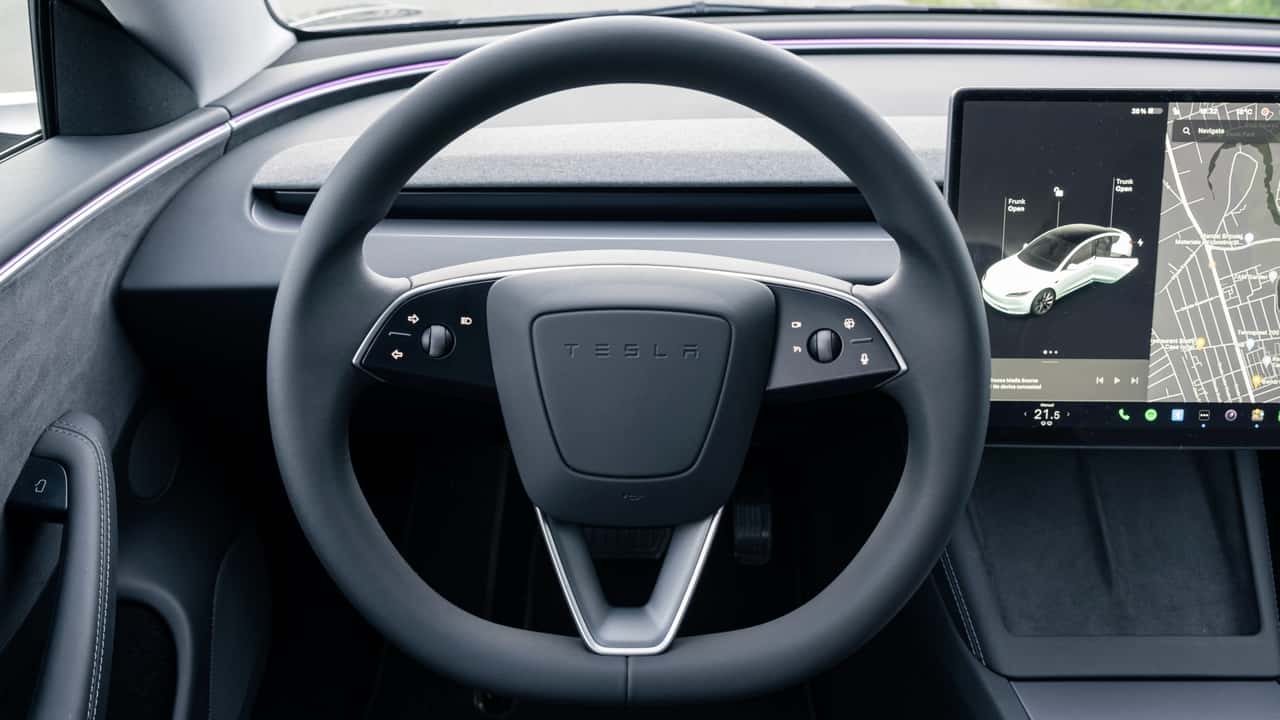
Tesla removed the indicator and wiper stalks from behind the steering wheel in the Highland. This prompted a complete redesign of the wheel, which looks and feels better than before while offering more functionality. The new wheel make the car feel more agile and maneuverable, and its flat-bottom design looks reasonably sporty.
After driving the Model 3 for a week, I got used to operating the wipers and the high beam through the steering wheel controls, but using the indicators still seemed strange. Other manufacturers have also moved indicator controls to the wheel, but all of them put the left turn signal on the left prong and the right turn signal on the right prong. 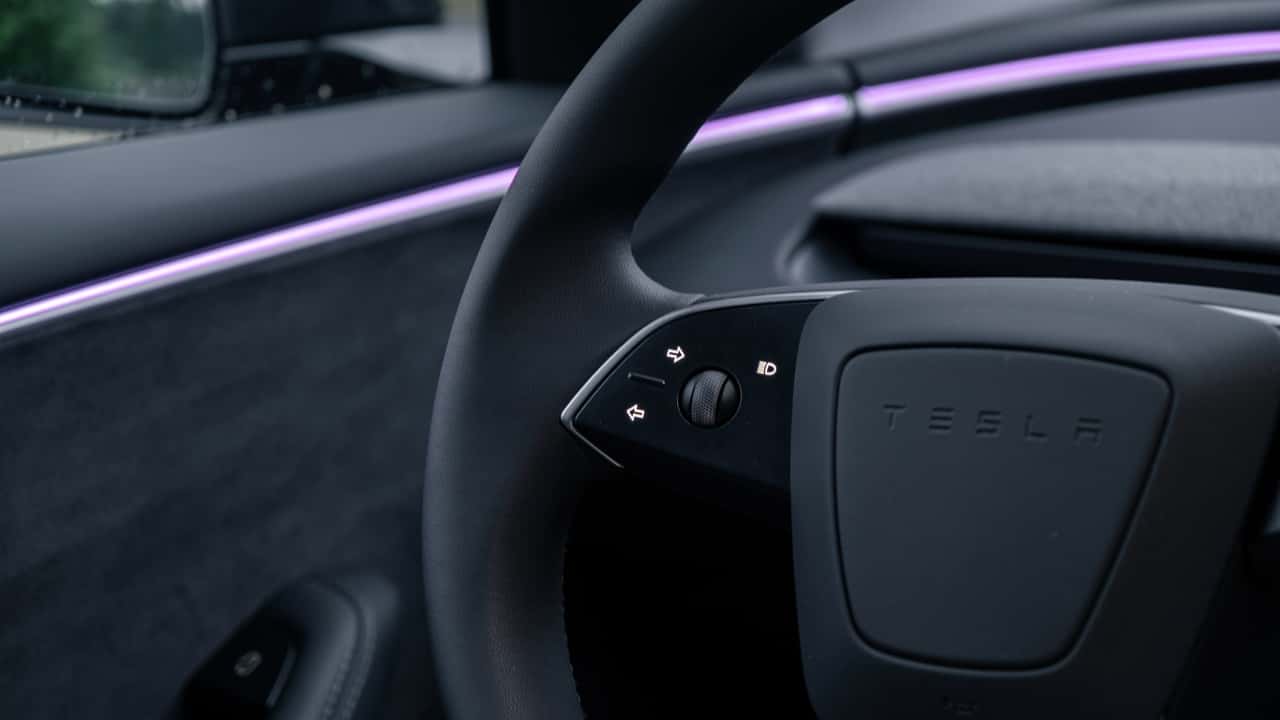
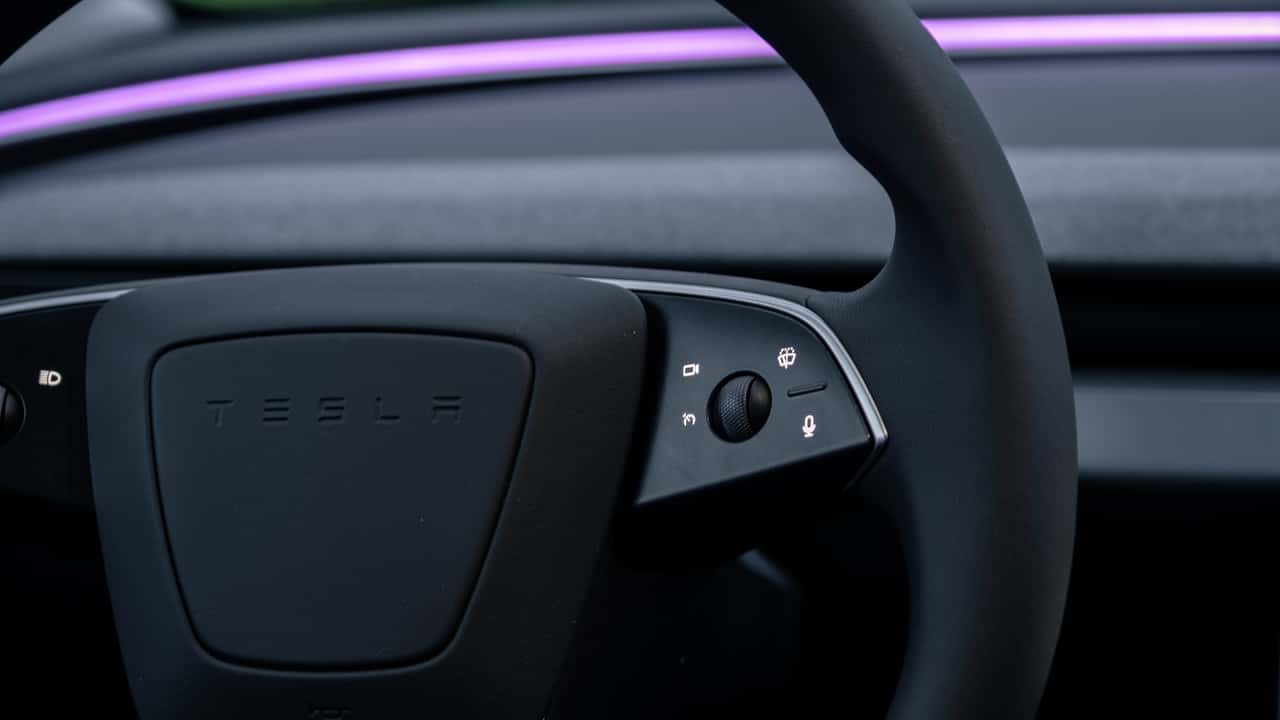
In the Model 3 Highland, they are both on the left prong, stacked one on top of the other. While I did get used to this, it was tricky to use them when the steering wheel was not in the dead-ahead position.
We have a lot of roundabouts in Romania, which require you to indicate left while you are in one and then indicate right to signal you want to take an exit. In the Model 3, I had to look down at the steering wheel to know which button to press, which was quite frustrating at times.
The Drive
Tesla has softened the suspension of the Highland compared to the outgoing Model 3. This makes it way more comfortable and compliant, but it also introduces a lot of extra body motions into the equation. I didn’t notice this for the first couple of days that I had the car, but when I took it to a twisty road, it became apparent just how much more the refreshed Model 3 pitches, dives and rolls in corners.
This means you don’t have quite as much confidence to push it around bends, and it also seemed like it was set up more for understeer than tail-out fun. Being the Dual Motor variant, perhaps it could have used the same power slider as the Performance model, which allows you to adjust how much power each axle can put down, thus altering the car’s handling balance.
With around 400 horsepower on tap, the two-motor Model 3 felt very quick, especially off the line. It does seem like Tesla has dulled down the initial surge of acceleration when setting off, and acceleration seems to build as you start picking up speed. But it certainly feels like a car that can hit 60 mph from a standstill in 4.2 seconds, as Tesla claims.
Tesla has dropped the top speed of this middle variant slightly, so it’s now 125 mph rather than 145 mph. Apparently, this has to do with the tire choice, which prioritizes comfort and low noise, but it limits the Model 3 at the top end. If you want a Model 3 that goes quicker than that, you will have to get the Performance variant, which shaves over a second off the sprint time and tops out at 163 mph.
The Range
Here in Europe, Tesla advertises the Model 3 Long Range as being able to do 421 miles on the WLTP test cycle. The WLTP cycle typically produces range ratings that are considerably more optimistic than those validated on the EPA cycle. The WLPT figure drops to 390 miles with the 19-inch wheels. In America, the Model 3 Long Range gets an EPA range of 341 miles with the 18-inch wheels, or 305 miles with 19-inch wheels. Based on my observed efficiency, I think you could do 300 miles in any Long Range Model 3 without too much fuss.
It helps that the Model 3 is one of the most efficient electric vehicles around, stretching its available kilowatt-hours more than its rivals. During my time with the vehicle, when I had no regard for driving it economically and enjoyed countless acceleration runs, as well as a blast down a local twisty road, my tester still displayed an average of about 2.8 miles/kWh. I know it can do better than that, but that shows how good it is even in real-world usage.
I’ve driven a few good EVs, including some with batteries bigger than the Model 3 Long Range’s 75-kWh (usable) battery, but I felt no range anxiety in the Model 3. It probably helps that adding range via Tesla’s proprietary Supercharger is easier than having to charge a different EV from a third-party charger. Even here on the outskirts of Europe, Superchargers worked quickly and flawlessly.
There were two Superchargers close to my house, both V3 stations, and I charged the car twice over the week. The first time, I didn’t set the Supercharger as my destination, and the vehicle didn’t pull more than 103 kW. The second time, I did tell the car that I was going to a Supercharger, so it preconditioned the battery. I saw a peak of 146 kW. That’s still far off the maximum 250 kW that the car and charger could do, but it was still quick enough.
The Gadgets
One of my favorite things about the Model 3 and Teslas, in general, is that you get all of the important gadgets and features for free. The car comes standard with heated and cooled front seats, a heated steering wheel, a heated back seat and three-zone climate control. The full-length panoramic roof is also standard, as are the electrically adjustable front seats and the power-opening trunk.
The only things you have to pay extra for are the white leather interior (which I wouldn’t get because it just seems difficult to keep clean), the larger wheels, a few of the exterior colors and the Autopilot/Full Self-Driving options. This is refreshing, as competitors like the BMW i4 offer a dizzying options list that can easily add thousands of dollars to the base price.
But while the car may be brimming with unique and well-executed tech features, it’s not perfect. It lacks ultrasonic parking sensors and it relies on cameras for that role. This works fairly well most of the time, but occasionally it sees obstacles that aren’t there or it completely misses some objects. I wouldn’t rely on this system the same way I do in other cars.
There’s no questioning the quality and effectiveness of the Model 3’s ADAS systems, though. Even with the camera-only approach with no radar or lidar on the car, its adaptive cruise control does a phenomenal job of keeping the car in the center of the lane, keeping up with traffic and braking for emergencies.
Having tried the car in Europe where “Full Self-Driving” isn’t legal or availabe (yet), I was limited to trying Autopilot with the Autosteer function, and I found it to be very good. It was smooth and safe and it never made me feel uneasy behind the wheel. It’s one of the best ADAS systems I’ve ever used.
The Verdict
Tesla made an already excellent EV even better. The refreshed Model 3 is truly great and offers unmatched tech, style and performance for the price. In Long Range All-Wheel Drive guise, it starts at $47,740 in the US, and with optional paint and the white interior, it goes just over $50,000 with everything but FSD. That is a great deal for such an accomplished and well-equipped car.
It may be six years old now, but the facelift does enough to allow the Model 3 to continue to be the go-to compact electric sedan wherever you are in the world. Even in China where it’s facing increasingly talented and keenly priced rivals like the BYD Seal, the Model 3 is still relevant for a simple reason: It’s a stunningly good all-rounder.

